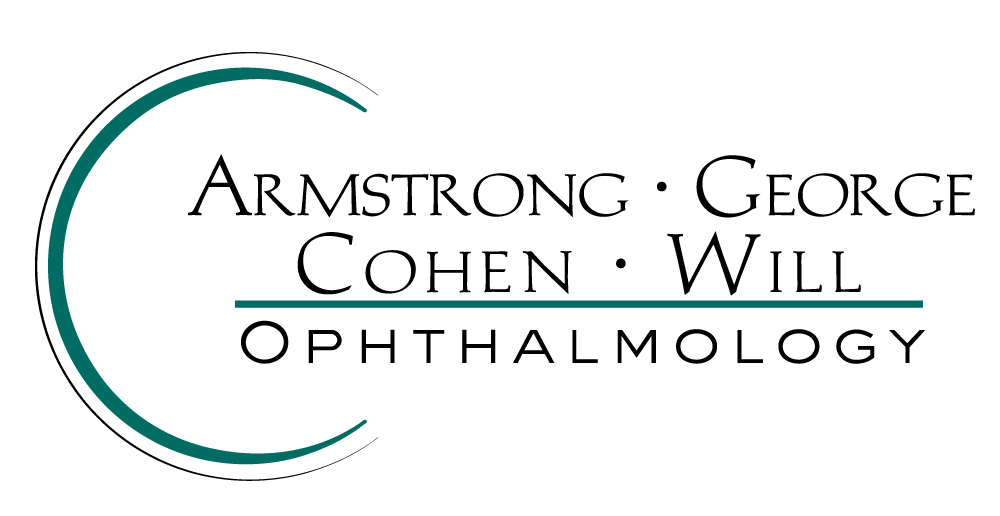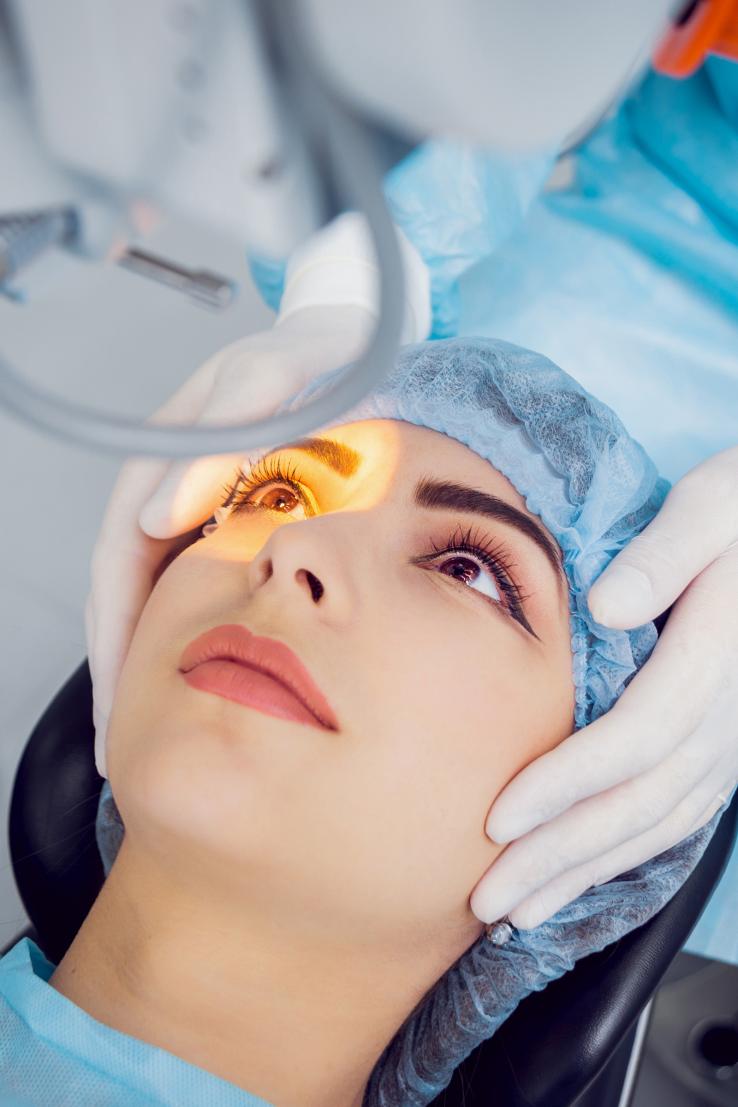Bring Your World into Focus with LASIK
If you have been wondering what life would be like with clearer vision, then you owe it to yourself to consider LASIK. It is a painless, safe and effective outpatient procedure that corrects a wide range of vision problems.
Compared to other vision correction procedures, LASIK provides many very important advantages. There’s typically little or no post-operative discomfort. Recovery is fast and complications are extremely rare. And you’ll notice improved vision immediately. In fact, and most LASIK patients eliminate or greatly reduce their need for glasses after surgery. (A thorough LASIK evaluation at Armstrong George Cohen Will Ophthalmology will help you form a realistic expectation of your surgical outcome.)
The latest technology, All-Laser LASIK, has been used by our surgeon Dr. Eric George for several years. There’s a reason more people are getting LASIK these days. It really can improve your eyesight -- dramatically in most cases.
The Five Steps of LASIK
- Before your surgery, the front of your cornea is measured with a Pentacam, which produces a map of your cornea to determine areas the laser will treat. On the day of surgery, there is a short preparation time. You are then given a mild sedative to help you relax. After numbing your eye with mild anesthetic drops, your eyelid is stabilized with a lid holder.
- Your surgeon then creates a flap of tissue with a laser and gently folds it back, exposing the cornea.
- Guided by the computer programmed for your prescription, the surgeon applies a cool-beam laser in brief pulses. The laser gently reshapes targeted areas of the cornea to correct your vision.
- The actual laser is commonly applied for 30 seconds per eye. The corneal flap is then replaced and smoothed.
- The cornea begins the natural healing process immediately. Most patients notice improved vision soon after surgery.
The Latest Technology: All-Laser LASIK
Armstrong George Cohen Will Ophthalmology proudly offers the latest innovation in LASIK technology: all-laser LASIK. Our LASIK surgeon Eric George MD, FACS received specialized training and is among the first surgeons in Bucks and Eastern Montgomery Counties to offer 100% blade free, all-laser LASIK.
In all-laser LASIK, the surgeon uses a computer-guided laser to create an even, precise cornea flap at the beginning of your surgery. Unlike regular LASIK, no blades or mechanical cutting devices are used, and no blade ever touches your eye. This greatly reduces the likelihood of the most significant complications and gives your surgeon maximum control, resulting in better outcomes. In a clinical survey of LASIK patients who had their corneal flaps created using a blade in one eye and the blade-free method in the other, the vision in the blade-free treated eye was preferred 3 to 1 (among those who stated a preference).
More than 1 million patients have selected the all-laser LASIK procedure. Although the cost is a bit higher than regular LASIK, the benefits of precise control and accurate vision correction make it an increasingly popular choice.
Are You a Candidate?
The ideal LASIK patient is over 18 years of age and has healthy corneas with a relatively stable prescription. People with certain medical conditions or pregnant and nursing women may not be good candidates. Candidates should also have a good understanding of the risks and rewards from LASIK. The best way to find out if you are a good candidate is to arrange for a complete eye evaluation with our LASIK Surgeon, Dr. Eric George. You will know in minutes whether this procedure is right for you. During the evaluation Dr. George will answer any questions you may have and discuss your post-surgery expectations.
Not a Candidate? Consider PRK
You may not qualify for LASIK if you have corneas that are too thin, steep or flat, or if your profession puts you at risk for eye injury. However, a similar surgery called PRK may be an option for you. In PRK, the laser is applied directly to the cornea, without creating a flap. Afterwards, a transparent contact lens is placed on the area to act as a temporary bandage. Like LASIK, the result is long-term improved vision.
Vision Correction at Armstrong George Cohen Will Ophthalmology
Our Cornea Specialist Eric George MD, FACS performs all-laser LASIK and PRK. Dr. George is a graduate of Penn State and Hahnemann University School of Medicine and was Chief Resident at St. Luke’s-Roosevelt Hospital of Columbia University. After completing a fellowship in Cornea and LASIK Surgery at Louisiana State University, he has successfully performed thousands of eye surgeries. Learn more about Dr. George.


